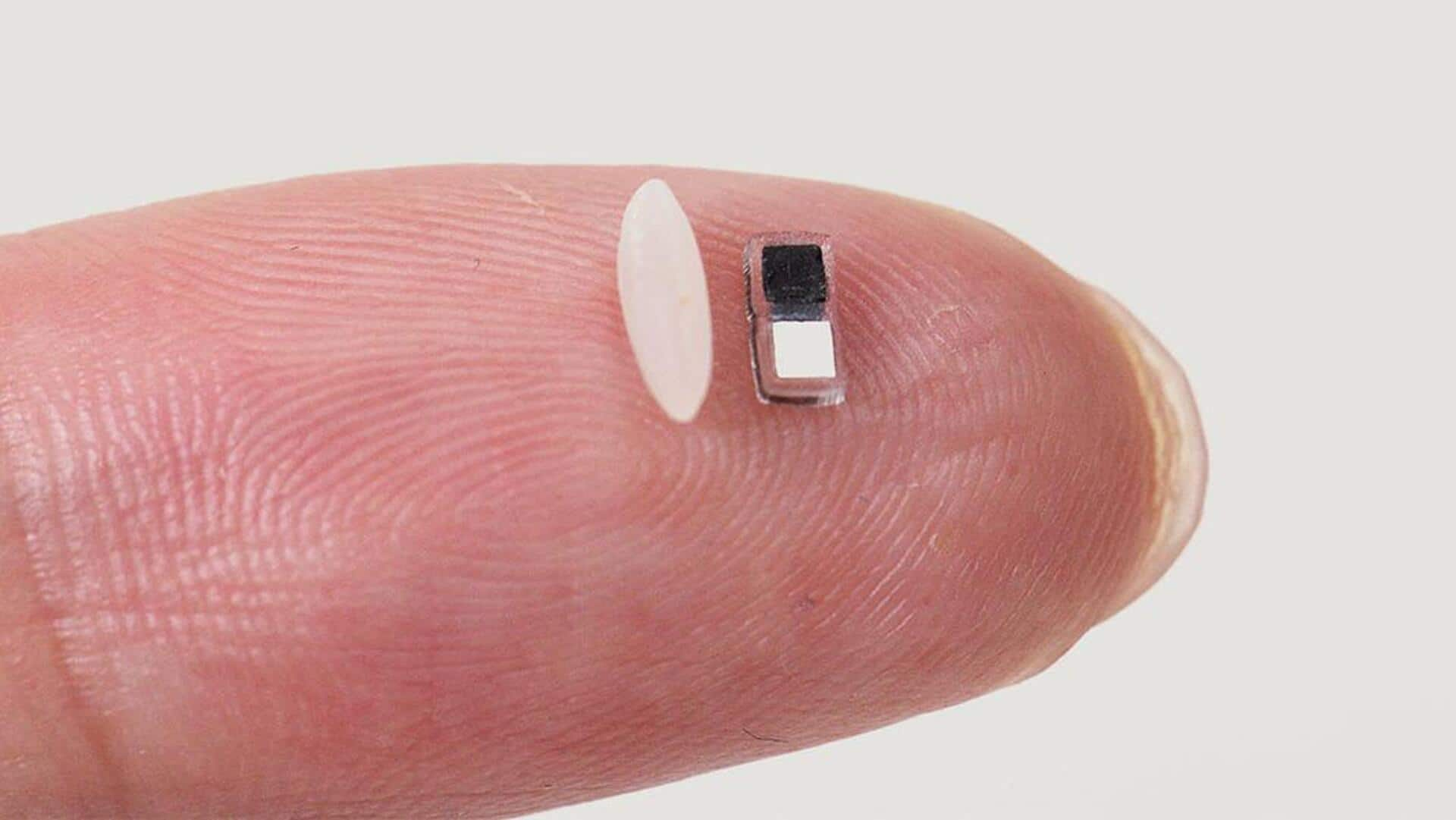
World's smallest pacemaker offers new hope for infants—How it works
What's the story
A team of US-based scientists has developed the world's smallest pacemaker, a device smaller than a grain of rice, marking a significant advancement in cardiac care.
This innovative, wireless pacemaker can be injected, controlled by light, and dissolves in the body when no longer needed.
It aims to help newborns and young children with congenital heart defects requiring temporary pacemakers after surgery, as well as adults recovering from heart surgery.
Challenges
Current pacemaker technology and its challenges
Currently, temporary pacemakers are surgically attached to heart muscles with wires connecting to a powered device on the patient's chest.
When no longer needed, these wires are removed by doctors/nurses, sometimes resulting in complications.
The newly developed pacemaker is wireless, just 1mm thick, and only 3.5mm long. It has been designed to dissolve within the body when no longer needed, potentially eliminating invasive surgery.
Functionality
How does it work?
The tiny pacemaker comes paired with a soft patch, worn on the patient's chest.
The patch detects irregular heartbeats and automatically flashes light telling the device what heartbeat it should stimulate.
The device is powered by a galvanic cell, which uses the body's fluids to convert chemical energy into electrical pulses stimulating the heart.
It has been tested successfully in mice, rats, pigs, dogs, and human heart tissue in lab settings.
Expert insights
Future prospects and expert opinions on pacemaker
John Rogers, senior study author from Northwestern University in the US, predicts human testing of this pacemaker could start in two to three years. He has set up a start-up to achieve this.
Bozhi Tian from the University of Chicago, who has also developed light-activated pacemakers but wasn't part of this latest research, called it a "significant leap forward."
He believes this new pacemaker is a transformative breakthrough in medical technology with potential applications beyond cardiology.